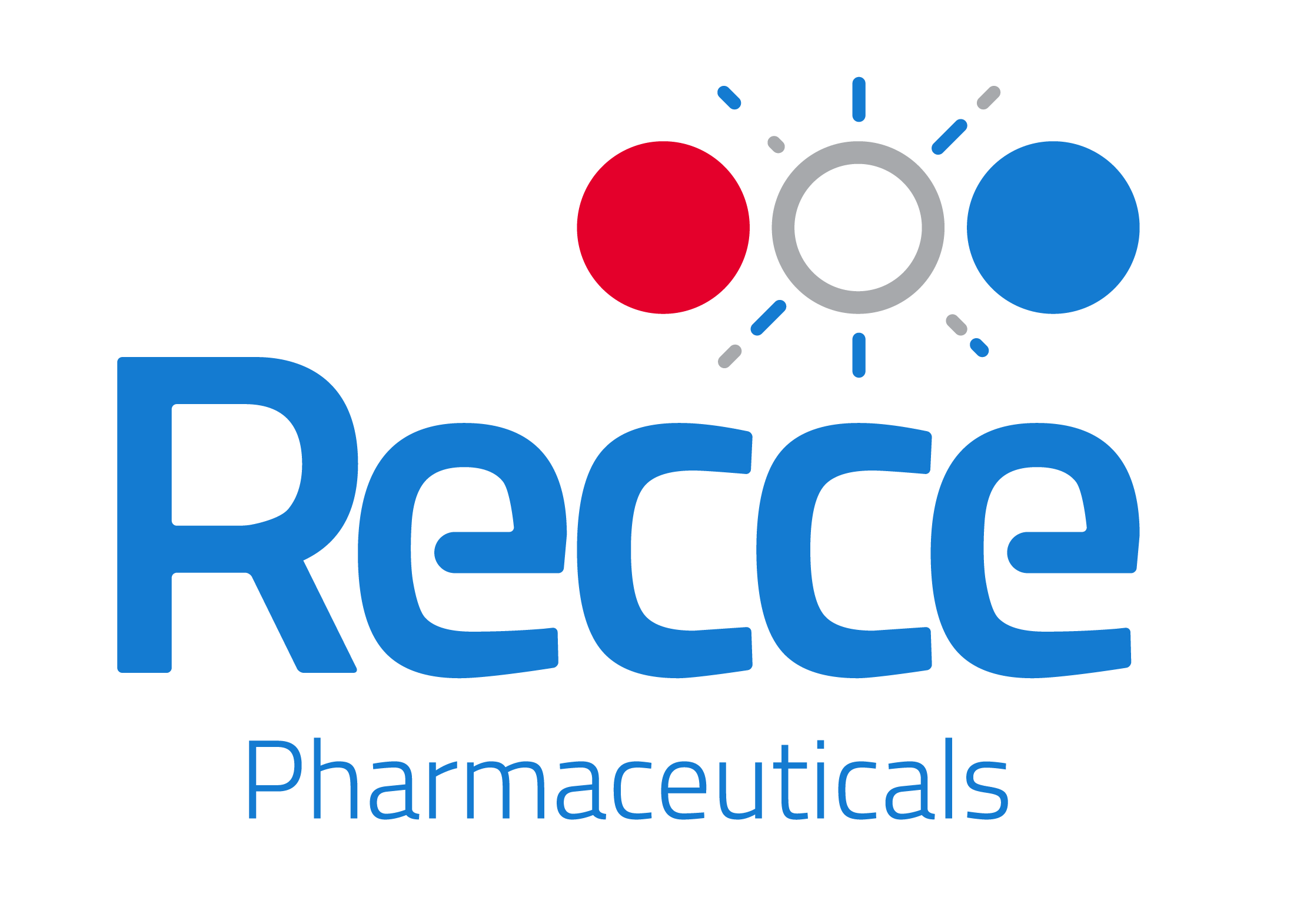Sepsis Alliance’s advocacy initiatives aim to improve sepsis awareness and care. The organization’s vision is a world in which no one is harmed by sepsis.
Sepsis Alliance’s advocacy work focuses on five priority areas:
- Seeking greater health equity:
Sepsis, like many medical conditions, disproportionately impacts those who have historically lacked access to quality healthcare, including some communities of color, rural communities, and individuals experiencing poverty. Through its advocacy work, Sepsis Alliance aims to help close gaps in patient outcomes and expand access to high-quality sepsis care. - Curbing antimicrobial resistance (AMR):
Antimicrobial resistance (AMR) occurs when specific strains of bacteria, viruses, fungi, or parasites learn to defeat the antimicrobial medications designed to kill or stop them. Because sepsis often requires effective antimicrobials to treat, AMR challenges the treatment of sepsis: some estimates indicate that AMR may contribute to 10% of sepsis deaths worldwide. Curbing the threat of AMR is one of Sepsis Alliance’s top priorities. - Measuring sepsis to better manage it:
Clinicians, researchers, innovators, policymakers, and other experts need quality data and information to better understand sepsis. The better sepsis is understood, the more we can improve its diagnosis and treatment. One of Sepsis Alliance’s top advocacy priorities is improving the collection, harmonization, and accessibility of sepsis-relevant information, so that experts fighting sepsis on the front lines are better able to understand what they’re up against. - Improving outcomes for pregnant people:
Infection or sepsis is the second leading cause of pregnancy-related mortality in the U.S., and the U.S. has one of the highest maternal mortality rates in the industrialized world. Through its advocacy work, Sepsis Alliance aims to help improve outcomes for people who develop sepsis during or following a pregnancy, so that more survive pregnancy, childbirth, and the postpartum period. - Keeping the spotlight on the #1 cause of death in U.S. hospitals— sepsis:
When Carl Flatley, DDS, MSD, founded Sepsis Alliance, there wasn’t sufficient focus on sepsis in the general public, hospitals, or in the halls of government. In 2023, sepsis awareness levels among U.S. adults had reached 63%, up from 19% when Sepsis Alliance was first founded. Still, more than 350,000 U.S. adults die every year as a result of sepsis. More awareness can mean faster recognition, diagnosis, and care, and more lives saved. As advocates, Sepsis Alliance aims to keep the national spotlight where it belongs—on sepsis.





























